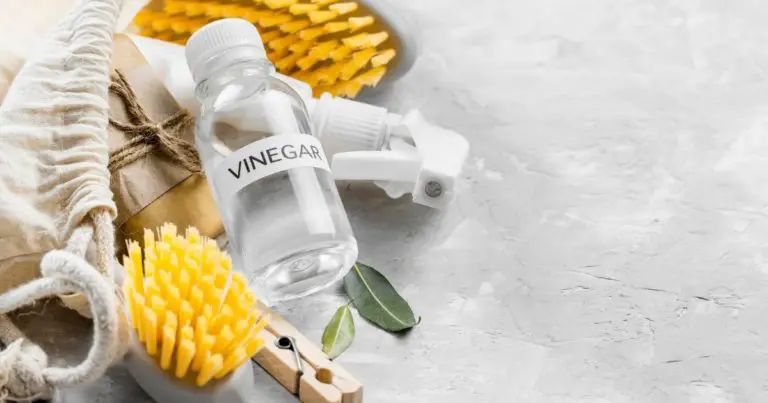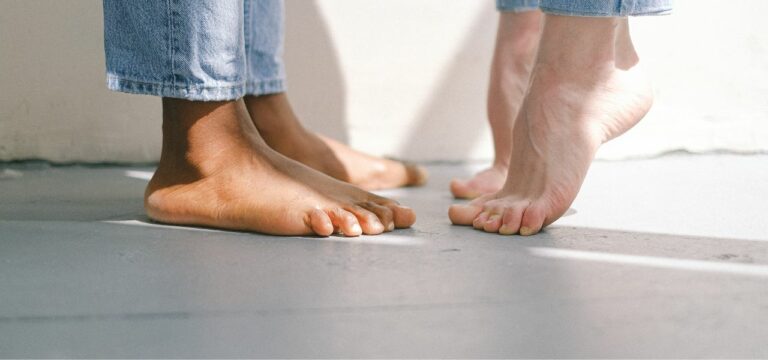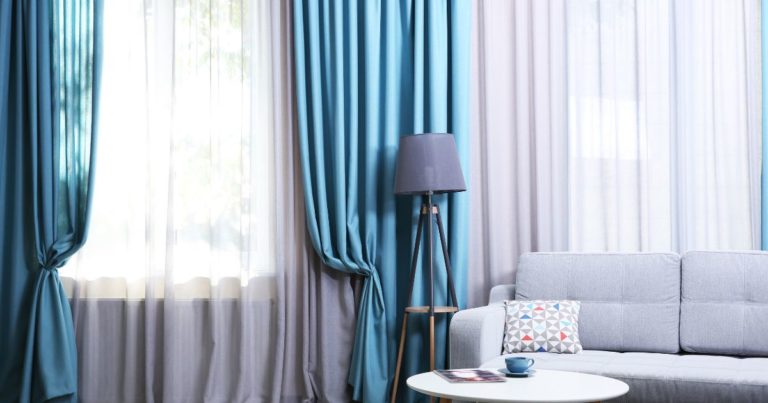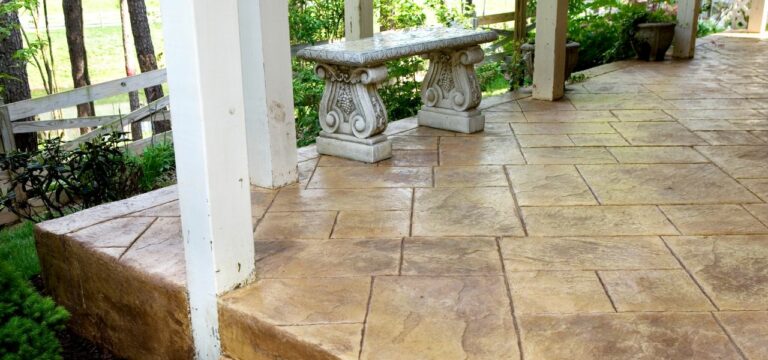Does Steam Kill Mold?
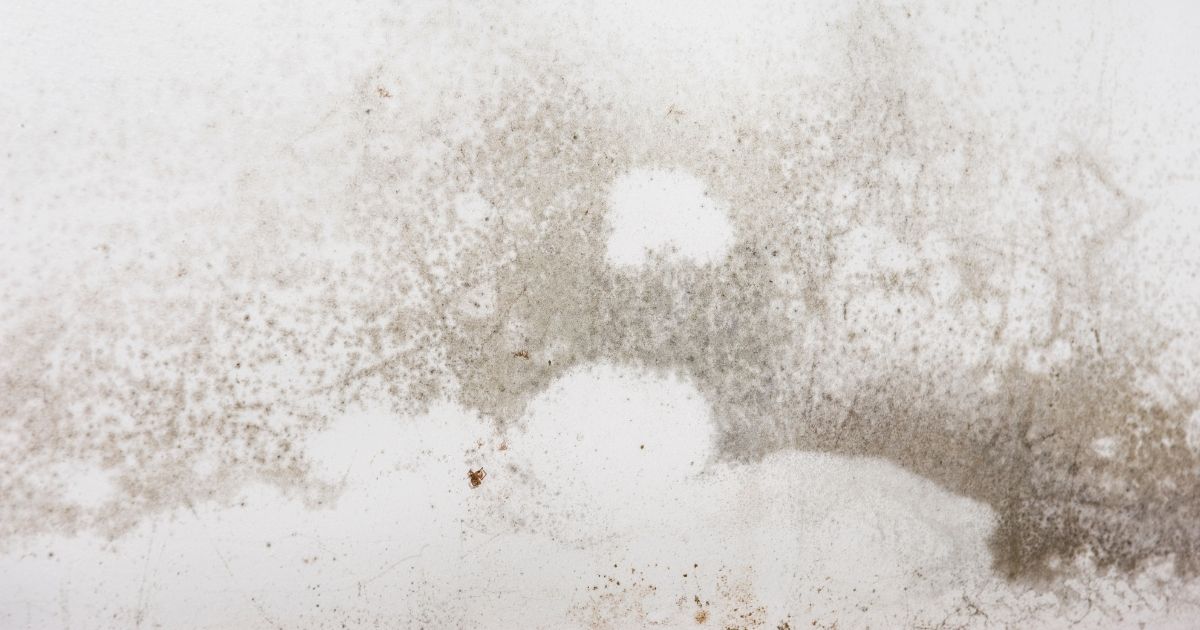
There are several options available for removing mold around your home, and many generic answers available on the web regarding the use of steam cleaning for mold removal. I set out on the complex task of bringing you the correct information for answering the question, does steam kill mold.
According to the Journal of Occupational and Environmental Hygiene, a commercial steam cleaner did not eliminate 100% of mold fungal spores on wood, carpet, clothing, and paper.
Given that mold requires moisture and humidity to grow, I had my doubts regarding the effectiveness of steam cleaning to kill mold. After all, steam creates both moisture and humidity, so wouldn’t that make it the perfect breeding ground for more mold?
I consulted the CDC and United States Environmental Protection Agency, both of which were largely unhelpful regarding effective treatments to kill mold, citing “detergent and water” would do the trick.
Does Steam Kill Mold?
I dove deep into research mode and finally came across a Journal of Occupational and Environmental Hygiene study in 2004.
The 2004 study states:
The steam cleaning treatment did not completely eliminate any fungal spores; however, it reduced P. chrysogenum numbers on all materials, C. globosum was reduced on wood and carpet, and S. chartarum was reduced on wood.
Journal of Occupational and Environmental Hygiene
A commercially rated Eurosteam steamer was used on a high heat low moisture setting for this test.
This test was performed on wood, fabric, paper, and carpet. There was no test performed on tiles, stainless steel, or other hard surfaces, which steam has been proven to kill 99.9% of bacteria and pathogens on.
What is Mold?
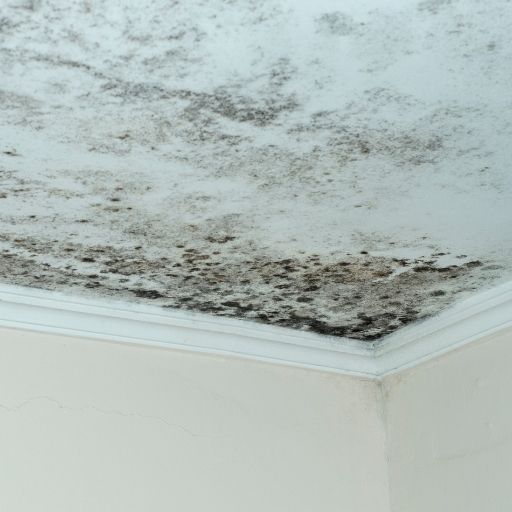
Mold is a fungus that develops when conditions are right: generally, high temperature and moisture.
Lung diseases, skin diseases, allergy sufferers, and those who have a weak immune system are especially vulnerable to it. Mold exposure can be dangerous, so people with health issues should avoid exposing themselves to mold.
Those who are immunocompromised are more likely to get infections from molds. Those who suffer from lung disorders such as COPD or asthma may find breathing difficult if exposed to molds.
Mold can cause symptoms like coughing, skin or eye irritation, nasal congestion, fever, shortness of breath, and many more signs after being exposed to it.
What is Toxic Mold
Toxic mold is more commonly known as black mold. Its scientific name is Stachybotrys Chartarum, and it is a greenish-black color. This type of mold is frequently seen in homes with water damage. Generally, it grows on paper, fiberboard, and gypsum board.
How Do You Get Mold?
Mold generally originates from humidity and moisture, although humidity is not always the issue. Dry places can sometimes get mold spores.
Mold is part of the natural environment. Mold helps break down organic matter such as dead trees and fallen leaves. Indoor mold growth can begin when mold spores land on a damp surface. Mold is made up of microscopic cells, and it is very similar to plants in that it needs water to grow.
There are thousands of mold variants, and none of them will grow without water or moisture. The most common causes of mold around the home are:
- Leaking plumbing, roof, or guttering
- Blocked sinks or sewers causing plumbing overflows
- Inadequate ventilation in basements or crawl spaces
- Inadequate venting of steam from showers
- Inadequate venting of steam from cooking
- Overuse of humidifiers
- Indoor clothes dryers that vent inside the home
- Extra humidity caused by drying wet clothing inside
The most significant mold spore activity usually occurs in areas with moisture and a temperature of 75 degrees Fahrenheit or above.
Mold can appear in many different colors. Mold that appears to have spots of any color should be treated in the same way as other types of mold. You should undertake mold removal as soon as you notice the problem. It can rapidly spread.
Protective Equipment You Need Before Tackling DIY Mold Removal
- Rubber Gloves – preferably those that are longer and extend up your forearms.
- Protective Eyewear – the type that does not have any vents in them
- A Respiratory Mask – At least N-95 rated or higher
How to Get Rid of Mold
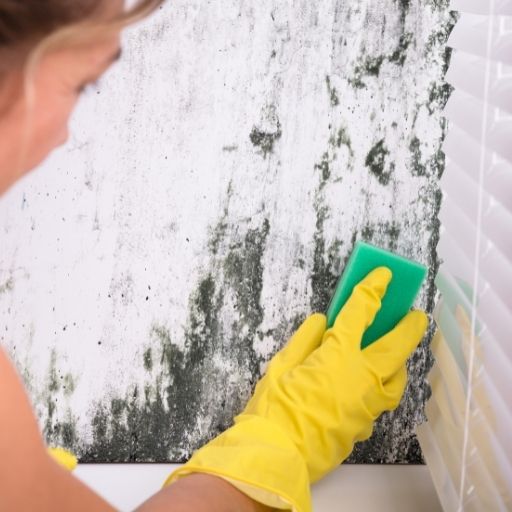
The University of Georgia College of Family and Consumer Sciences recommends using non-phosphate detergent to remove mold. The EPA and CDC recommend using detergent and water to clean mold off hard surfaces as well.
I note that the EPA does not recommend the use of bleach to kill mold.
Any absorbent materials that contain mold should be discarded. These include ceiling tiles, furniture, clothing, and carpet.
Since cleaning mold can be a hazardous job, it’s essential to consider the health effects it may have on you. It’s easy to clean up minor mold problems; however, you might want to hire a contractor if the mold covers a large area. In addition, be careful when using harsh chemicals or disinfectants.
Here are some specific recommendations:
Hard Flooring Such as Linoleum, Tiles, and Wood
Vacuum with a HEPA filter vacuum. Hard flooring is where your steamer can come in handy to kill mold spores effectively. Use a bristle brush to penetrate the grout.
Use a steam cleaner with care on hardwood flooring. FACS recommends using a non-phosphate detergent and water cleaning solution for mold. You may need to strip back the finish, sand, and repolish with timber flooring.
Carpets and Rugs
Use a wet vacuum with good suction that will effectively suck water from the carpet. If the carpet is wet down to the underlay, you may need to remove the carpet. Ensure you dry the underlay as well as the carpet.
Don’t leave the wet carpet sitting, however. Mold will grow within 48 hours. It is essential to dry carpets, rugs, and underlays straight away.
Hydrogen peroxide is recommended for removing stubborn mold stains.
Clothing and Fabrics
If the fabric allows, wash in hot water with a non-ammonia-based detergent and oxygen-based bleach. Heat can set in mold stains, so you may need to throw the item out if your clothing or fabric has already dried.
You can take any nonwashable items to a professional dry cleaner, who may assist with the mold.
You can clean leather with a soft-bristled brush followed by a detergent and water solution to wipe down. Wipe again to remove any soapy residue from the leather and allow it to dry thoroughly.
Once dry, use a water mixture and isopropyl alcohol in a 50/50 mix. Ensure you follow up with a good quality leather conditioner once your leather item is completely dry.
Drywall
The problem with drywall and other wallboards are that mold can grow inside the cavity. If you have insulation in your walls and it has got wet, the mold problem may return.
Suppose you cannot completely dry your walls and cavities within 48 hours. In that case, it may be necessary to remove the drywall and resheet.
Otherwise, try cleaning the drywall with a HEPA vacuum and wiping it with a non-phosphate detergent.
If the wall has come into contact with sewerage water, a bleach and water solution is recommended.
Upholstered Furniture and Mattresses
Unfortunately, mattresses and furniture are rarely salvageable if damaged by mold.
You could try stripping it to the frame, treating the timber frame, and reupholstering for furniture. The cost of this, however, may outweigh replacing the item.
Given you sleep on a mattress, and mold can cause damage to your respiratory system, I would not recommend trying to restore a mold-damaged bed yourself. Talk to a professional mattress sanitizer, or replace the mattress.
How to Use Steam to Kill Mold Spores
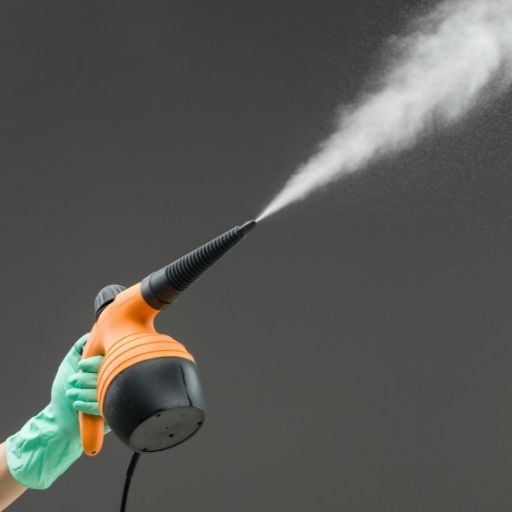
The high heat from using a vapor steam system can help treat mold. This is different from your standard steam mop, handheld steam cleaners, and garment steamers.
A vapor steam system produces dry steam at higher temperatures than average steam cleaners. Vapor steam systems generally cost thousands of dollars. They are more commonly used in medical settings for sterilization or commercial cleaning.
According to Look Mold, to kill virtually all mold spores, you would need to expose the mold to temperatures above 340 degrees Fahrenheit for at least one hour.
The lower the temperature, the longer the exposure required.
For a steam cleaner to tackle this, you would need something like the commercially rated Vapor Clean Magnum XP steam cleaner. This is 145 PSI (10 bar) and heats steam to 356 degrees Fahrenheit.
A machine of this caliber far outweighs any home use steamers. It also costs upwards of $2500.
How to Keep Your Home Mold Free After Treatment
The CDC recommends keeping the humidity between 30 and 50 percent in your home. Using an air conditioner or dehumidifier can assist with maintaining humidity levels. You can also buy a humidity reader to help evaluate the humidity levels in your home, such as the ThermoPro TP53.
Install exhaust fans in your bathroom that vent the humid air outside your home. If you use a clothes dryer, keep a window open when using it to help the warm air escape outside, or use a built-in vent from your dryer to the exterior of your home.
Use an extractor in the kitchen to vent humidity from cooking either into your roof space or outside your home.
Dry any wet material in your home quickly. It only takes two days for the mold to grow, so be sure to dry any materials or items thoroughly before storing them.
Check for any leaks, old pipes, and water leaks in your roof and walls. If you notice any of these leaks, be sure to have them repaired right away. Mold can quickly grow in old pipes, especially when water leaks.
Regularly check your basement’s ventilation. Placing a thermal plane, foundation drain, and dehumidifier will help improve the airflow.
Improve the airflow around your home by opening your windows and closet doors more often. You can also move furniture away from walls once or twice a month as this may provide better airflow for tight or confined spaces.
If you have persistent mold in your home that you have treated and continue to return, it may be time to seek advice from a mold expert. Many mold treatment companies can help you eliminate mold from your home safely and efficiently.
- Can You Use a Steam Mop On Karndean Flooring? - June 19, 2024
- How To Clean Unsealed Concrete Floors - June 7, 2024
- How to Clean Stamped Concrete - June 7, 2024

